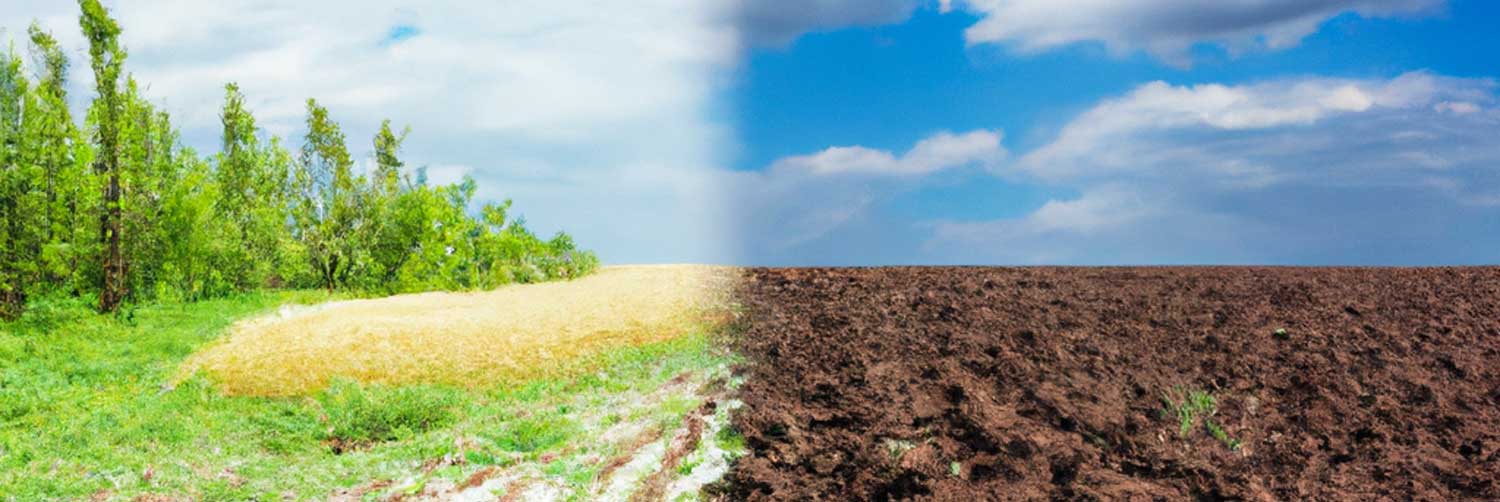Monocrop agriculture, also known as monoculture, is the practice of growing a single crop over a large area of land. This method of farming is widely used in modern agriculture because it is cost-effective and gives farmers an economic advantage over polycrop farms as single crops better allow for farming practices to be standardized. It was initially hoped that monoculture would increase the food supply and combat hunger but it may actually worsen food insecurity and further threaten the environment.
Statistics show that monocrop agriculture accounts for approximately 75% of all cropland worldwide. This number has been steadily increasing over the last decade as more farmers opt for this type of farming. Monocrop agriculture also accounts for over 80% of all crop production in developing countries.
Common examples of monocrop agriculture include corn, wheat, soybeans, cotton, and sugar cane. Corn is one of the most popular monocrop crops due to its versatility and wide range of uses. It can be used for food, animal feed, fuel, and even biofuels. Wheat is another popular monocrop crop that is grown in many parts of the world for breads and other baked goods. Soybeans are also widely grown as a monocrop crop for their oil and protein content. Cotton is another common monocrop crop that is used to make clothing and other textiles. Finally, sugar cane is a major monocrop crop that is used to produce sugar and ethanol for fuel.
Despite its widespread adoption, research suggest that monocrop ag has negative impacts on the environment, human health local communities including:
- Soil degradation and erosion. When a single crop is grown over a large area, the soil is often stripped of nutrients and organic matter, which can make it less productive over time. This can lead to reduced crop yields and increased dependence on synthetic fertilizers and pesticides, which can have negative impacts on the environment and human health.
- Increase in pest and disease pressures. Pests and pathogens can quickly spread when they find a large area of a single crop to feed on, leading to increased use of pesticides and other chemicals. These chemicals can contaminate the soil, water, and air, and can have dangerous effects on the health of farmers, farm workers, and local communities.
- The loss of biodiversity – it reduces the variety of plants and animals that are found in an area. This can lead to the loss of important ecosystem services, such as pollination, pest control, and soil health. This loss of biodiversity can also disrupt the food chain and have negative impacts on human health, as it can lead to the loss of important sources of nutrition and medicine.
- Displacement of local communities, as large-scale monoculture farming operations often require large amounts of land, which can force small farmers and indigenous peoples to leave their homes.
- Lower long term yields – although some farmers experience initial higher yields loner term studies studies have found that compared to crop rotation, monocropping leads to an average yield decrease of 10-20% long term.
Modern, machine-friendly agriculture is still dominated by monocrop farming and many researchers say that diversity is what is needed. Alternating different types of crops on a field and using sustainable farming practices may substantially help to avoid some major negative impacts of monoculture on soils.

